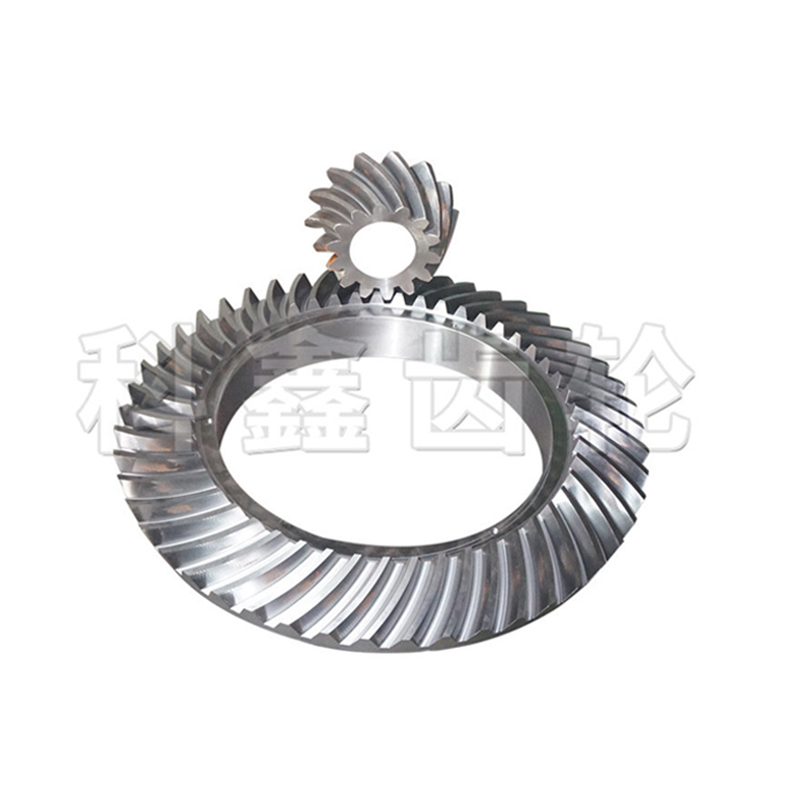What is the manufacturing process of brackets?
Welcome to our informative blog post that delves into the fascinating world of bracket manufacturing. Brackets might seem like simple devices, but their production involves a meticulous process that ensures their durability and functionality. In this article, we will take you on a journey through the manufacturing process, shedding light on the intricacies and craftsmanship involved.
1. Understanding Bracket Basics:
To better comprehend the manufacturing process, let's begin by familiarizing ourselves with what brackets are and their diverse applications. Brackets are typically metal or plastic components that serve as support structures, offering stability and reinforcement in various industries. These versatile components find their applications in construction, automotive, aerospace, and even household furniture.

2. Design and Prototyping:
Before the manufacturing phase commences, the process begins with meticulous design and prototyping. Skilled CAD (Computer-Aided Design) engineers collaborate using innovative software to create precise bracket designs. This stage is crucial, as it ensures that the final product meets specific requirements regarding load-bearing capacity, dimensions, and overall functionality.
3. Material Selection:
Once the design is finalized, the next step involves identifying the most suitable material for the bracket. Material selection is a critical aspect, as it determines the strength, durability, and compatibility of the component. The commonly used materials for bracket manufacturing include stainless steel, aluminum, plastic, and occasionally brass or copper, depending on the application and environmental factors.
4. Cutting and Shaping:
After selecting the appropriate material, the production shifts towards raw material preparation. Sheets or blocks of the chosen material undergo a cutting process, either manually or using computer-controlled machines such as laser cutters or CNC (Computer Numerical Control) milling machines. This step ensures precise shaping, allowing the manufacture of brackets with consistent dimensions.
5. Forming and Bending:
Once the raw material is acquired and cut into the required shape, the brackets are molded into their final form through forming and bending techniques. Skilled technicians employ various methods, including press-braking, hydraulic forming, or even stamping, to bend the material into the desired shape. This stage demands expertise and precision to achieve accurate angles and curvature.
Additional resources:How do you select a pump for a slurry?
Where are PM OLED Displays commonly used?
How do you cover exposed screw ends?
Which torch wear provides the best value for money at the purchase stage?
Which HH High Head Slurry Pump Model Is Ideal for Demanding Industrial Applications?
Discover the Versatile Uses of Small Rubber U Channel - Answers to All Your Questions!
Sugar Mill Roller Cladding: Enhancing Efficiency & Performance for Extended Lifespan
6. Surface Treatment:
To enhance the brackets' longevity and aesthetics, surface treatment techniques such as polishing, sandblasting, or powder coating are applied. These treatments offer protection against corrosion, rusting, and other environmental factors, ensuring the brackets maintain their performance and appearance over time.
7. Quality Control and Testing:
Before the brackets are ready for deployment, rigorous quality control measures are implemented. Various tests, including load testing, stress testing, and dimensional checks, are conducted to guarantee the brackets' compliance with industry standards. Manufacturing facilities often have dedicated quality control teams equipped with advanced measuring instruments to ensure consistent quality assurance.
8. Packaging and Distribution:
Once the brackets pass all quality checks, they are carefully packaged to protect them during transportation. Packaging materials, such as foam inserts or sturdy boxes, prevent damage that may occur during shipping. Manufacturers use efficient logistics systems to distribute the brackets to their intended destinations promptly.
Conclusion:
In this blog post, we have explored the intricate manufacturing process behind brackets, shedding light on the expertise and craftsmanship required to produce these seemingly simple components. From design and prototyping to material selection, cutting, shaping, surface treatment, quality control, and packaging – each step is integral in ensuring the brackets' functionality, durability, and aesthetic appeal.
The manufacturing process implies the use of advanced technologies and skilled professionals who seamlessly combine creativity, precision, and quality control measures. Whether used in construction, automobiles, or other industrial applications, brackets play a vital role in providing the necessary support and stability.
Next time you come across a bracket, you'll have a deeper appreciation for the intricate workmanship and attention to detail involved in its creation. We hope this article has furthered your understanding of the manufacturing process behind brackets, showcasing the dedication and expertise required to bring these essential components to life.
If you are looking for more details, kindly visit Investment casting for oil and gas equipment components, Precision investment casting for jewelry components, oem investment casting.
Additional resources:Revolutionary 2-Axis Lathe: Is it the Ultimate Game-Changer in Precision Engineering?
Which Hardface Technologies Dominates the Market?
What is the difference between 1pc and 2pc ball valves?
Enhance Welding Efficiency with Automated Manipulators: Expert Tips for Precision Welding
Enhance Efficiency & Prevent Leaks with King Seal O Ring Gaskets
The Ultimate Guide to Marine Forged Steel Globe Valves
Revolutionary Chain Conveyor Trolley Wheels: Are they the Ultimate Game Changer in Material Handling?









Comments
0